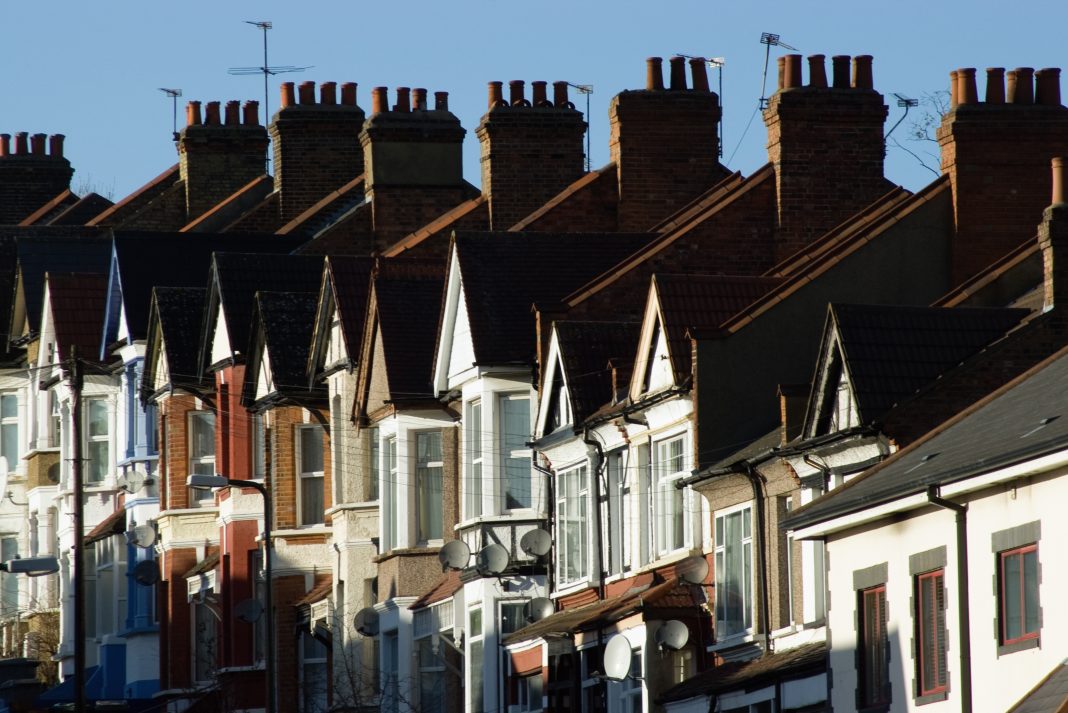In June, the government extended the Right to Buy Scheme to housing associations across the country. In this article, PBC Today explores the advantages and disadvantages of the social housing scheme
The Right to Buy Scheme was originally established by the Conservative government in the 1980’s. Since then, it has continued to be an integral part of the Conservative party’s identity, and has undergone many reforms and changes since.
In the midst of the cost of living crisis, and the worst housing shortage that the country has ever seen, accessibility to social housing has never been more urgently needed. Will the Right to Buy Scheme actually help to solve the issues that the country is facing?
Who is eligible for Right to Buy?
In order to be eligible to apply for the Right to Buy Scheme, you have to have spent three years as a public sector tenant. Alongside this, you can only purchase your home if the house is your only property and is self-contained.
The government also states that outstanding debts an impact your eligibility for Right to Buy. However, an application can be made with support from someone who shares your house, your spouse or partner, and up to three family members who have lived in the house for the past 12 months, providing that it is their only home.
What are the advantages to Right to Buy?
Since Right to Buy was introduced, home ownership has increased from 63% in 2018 from 58% in 1981. A total of 1,992,799 council homes have been sold via the scheme.
As the cost of living crisis worsens, and house prices continue to rise, Right to Buy offers generous discounts, making home ownership more accessible to those who otherwise would not be able to afford it.
In turn, owning your own home provides people with a sense of financial security over rental properties. Whereas renting a property can have more uncontrollable variables, such as increased rent, or short termed tenancies, owning a property is a financial asset that owners can fall back on.
The disadvantages of the scheme
According to the National Housing Federation, 1.1 million people are currently on the official waiting list for social housing in the UK, and a staggering 8.5 million people in England have some form of unmet housing need.
Although Right to Buy promises to ‘commit to the building of replacement social homes for each one sold’, less than five percent of homes sold off through the Right to Buy Scheme have been replaced since the policy came into action.
In a 2018 Midlands pilot scheme, the government promised that homes sold through the scheme would be replaced on a like-for-like basis. However, his promise fell through due to financial barriers and the replacement properties were not like-for-like.
Another major disadvantage of the scheme is that many properties eligible for Right to Buy fall into the hands of private landlords, not the social housing tenants that actually need them.
Evidence from a study conducted by the Chartered Institute of Housing found that 40 percent of homes sold through Right to Buy are currently let out privately by landlords, accounting for £9.3bn in housing benefit.
Failure to replace homes sold through the scheme has hindered its success
Although the Right to Buy scheme has helped many people get onto the property ladder, the failure to deliver on promises to rebuild homes sold via the scheme has hindered Right to Buy’s success.
In order for the scheme to deliver housing to those who desperately need it, more needs to be done to replenish the stock of social housing.
Lydia Bamford














